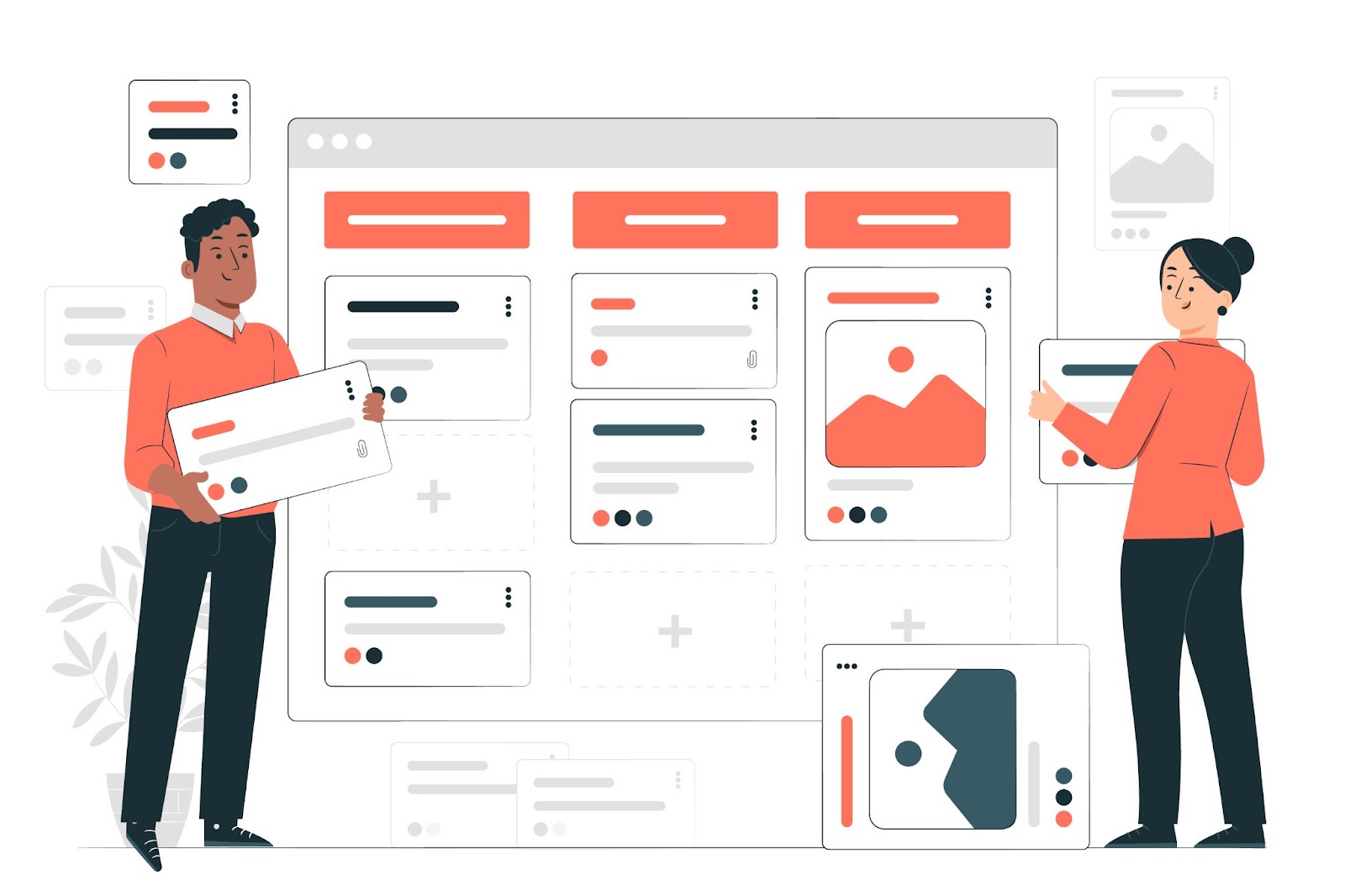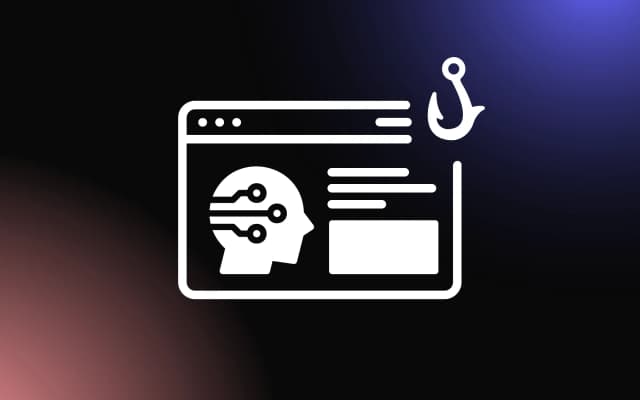
Understanding the user journey is critical for website owners aiming to enhance user experience and increase conversions. Mapping the user journey involves tracking the steps users take from their initial visit to achieving their goals, whether it’s making a purchase, signing up for a newsletter, or any other desired action.
However, accurately mapping this journey can be complex without the right techniques and tools.
This article will explore effective methods and tools for mapping the user journey, providing website owners with insights to optimize their sites for better user engagement and satisfaction.
Understanding the User Journey
Grasping the concept of the user journey is crucial for optimizing interactions and enhancing the overall user experience on a website or application.
Definition of User Journey Mapping
User journey mapping involves creating a visual representation of the steps users take to achieve a specific goal on a website or application.
This process includes identifying touchpoints where users interact with the interface, from initial awareness and exploration to decision-making and post-interaction. The map highlights user behaviors, motivations, and pain points throughout their journey.
Importance in Enhancing User Experience
Understanding the user journey is vital for improving the user experience. By mapping out the journey, businesses can identify areas where users encounter difficulties or drop off.
This insight allows for targeted improvements, such as streamlining navigation, enhancing content relevance, and optimizing conversion processes.
Effective user journey mapping ensures that the website or application meets user needs more effectively, leading to higher satisfaction, increased engagement, and better overall performance. Ultimately, it helps create a seamless, intuitive experience that keeps users returning and drives successful interactions.
Key Stages of the User Journey
Understanding the key stages of the user journey is essential for designing experiences that effectively guide users from initial awareness to making a decision. Each stage requires targeted strategies to address the unique needs and behaviors of users.
Awareness Stage
The awareness stage is the first point of contact where users become aware of your brand, product, or service. At this stage, users may not yet realize they have a need or problem that your offering can solve. Effective strategies for this stage include:
- Content Marketing: Creating informative blog posts, videos, and social media content that highlight relevant topics and problems.
- SEO and PPC: Using search engine optimization and pay-per-click advertising to ensure your content appears in search results when users look for related information.
- Social Media Engagement: Leveraging social media platforms to reach a broader audience and build brand awareness through engaging posts and ads.
Consideration Stage
In the consideration stage, users have identified their need or problem and are actively seeking solutions. They are evaluating different options, including your competitors. Strategies to engage users at this stage include:
- Detailed Content: Providing in-depth articles, comparison guides, case studies, and FAQs that showcase the benefits and features of your product or service.
- Email Marketing: Using targeted email campaigns to nurture leads, providing them with valuable information and insights about your offerings.
- Webinars and Demos: Offering live or recorded demonstrations and webinars to educate users about how your product or service can meet their needs effectively.
Decision Stage
The decision stage is where users are ready to choose a solution and make a purchase. They need assurance that they are making the right choice. Strategies for this stage include:
- Customer Reviews and Testimonials: Displaying positive feedback from satisfied customers to build trust and credibility.
- Free Trials and Discounts: Offering free trials, discounts, or special promotions to incentivize the final decision.
- Simplified Checkout Process: Ensuring the purchase process is straightforward, with clear calls to action, minimal steps, and secure payment options.
Techniques for Effective User Journey Mapping
Effective user journey mapping involves several key techniques that help businesses understand and enhance the user experience. These include developing personas, identifying touchpoints, and visualizing the journey.
Persona Development
Persona development is the foundational step in user journey mapping. Personas are fictional representations of your key customer segments, based on data and research. They include details such as demographics, behaviors, goals, pain points, and motivations.
Creating detailed personas helps you empathize with your users and understand their needs and challenges. This understanding is crucial for tailoring the journey to different user types.
For example, a persona for a busy professional might highlight the need for quick, on-the-go access to services, while a persona for a retired individual might focus on clarity and ease of use.
Identifying Touchpoints
Identifying touchpoints involves pinpointing all the interactions a user has with your brand across different stages of their journey.
These touchpoints can be both online and offline and include social media interactions, website visits, email communications, customer service calls, and in-store experiences. Mapping these touchpoints helps you understand where users engage with your brand and identify potential pain points or opportunities for improvement.
For instance, a common touchpoint in the awareness stage might be a social media ad, while in the decision stage, it could be a product demo or customer support interaction.
Visualizing the Journey
Visualizing the journey involves creating a detailed map that outlines each step users take from the initial awareness stage to the final decision and beyond.
This map should include user actions, emotions, and pain points at each stage, providing a holistic view of the user experience. Tools like flowcharts, storyboards, and journey mapping software can be used to create these visual representations.
By visualizing the journey, you can identify gaps, redundancies, and opportunities for enhancing the user experience. For example, if users frequently abandon their shopping carts, the map can help pinpoint where the process becomes cumbersome and suggest areas for streamlining.
Tools to Assist in User Journey Mapping
User journey mapping is a crucial process for understanding and optimizing the user experience. Several tools can assist in creating detailed and insightful journey maps, including digital mapping tools and analytics platforms.
Digital Mapping Tools
Digital mapping tools are designed specifically for creating visual representations of user journeys. Tools such as Lucidchart, Miro, and Smaply offer intuitive interfaces for building comprehensive journey maps.
These platforms allow teams to collaboratively design and share maps, incorporating various elements like touchpoints, user emotions, and actions.
They also provide templates and frameworks that simplify the process of mapping complex journeys, ensuring that all critical aspects are covered. These tools make it easier to visualize the entire user experience, identify pain points, and brainstorm improvements.
Analytics Platforms
Analytics platforms like Google Analytics, Adobe Analytics, and Hotjar provide the data needed to inform user journey maps. These tools offer insights into user behavior, preferences, and interactions across your website or application.
By analyzing metrics such as page views, bounce rates, and conversion paths, you can identify which stages of the journey are performing well and which need improvement.
Heatmaps and session recordings from tools like Hotjar further enhance understanding by showing how users navigate and interact with your site. Combining these insights with digital mapping tools helps create accurate and data-driven journey maps.
Optimizing the Website Based on User Journey Insights
Leveraging insights from user journey mapping allows businesses to refine their websites for better user engagement and satisfaction. Two key strategies are tailoring content and features and implementing a continuous improvement cycle.
Tailoring Content and Features
Insights from user journey mapping highlight user preferences, behaviors, and pain points. Using this information, businesses can tailor their website content and features to better meet user needs.
For example, if the journey map reveals that users frequently seek product reviews before making a purchase, adding prominent review sections or testimonials can enhance the decision-making process.
Similarly, simplifying navigation or adding quick access to frequently used features can significantly improve user experience and reduce friction.
Continuous Improvement Cycle
Optimizing a website is an ongoing process. Implementing a continuous improvement cycle involves regularly updating and refining the website based on user feedback and behavior analysis.
This cycle includes monitoring performance metrics, gathering user feedback, and conducting usability tests.
By continually analyzing how users interact with the website, businesses can identify new areas for enhancement and ensure that the website evolves to meet changing user expectations and technological advancements.
Conclusion
In conclusion, mapping the user journey is an essential practice for website owners looking to optimize their sites and improve user experience. This article has discussed various techniques and tools that can help track and analyze user behavior, offering valuable insights into how users interact with your site.
By effectively mapping the user journey, you can identify pain points, streamline navigation, and create a more engaging and intuitive user experience. Implementing these strategies will ultimately lead to higher user satisfaction, increased conversions, and greater overall success for your website.


